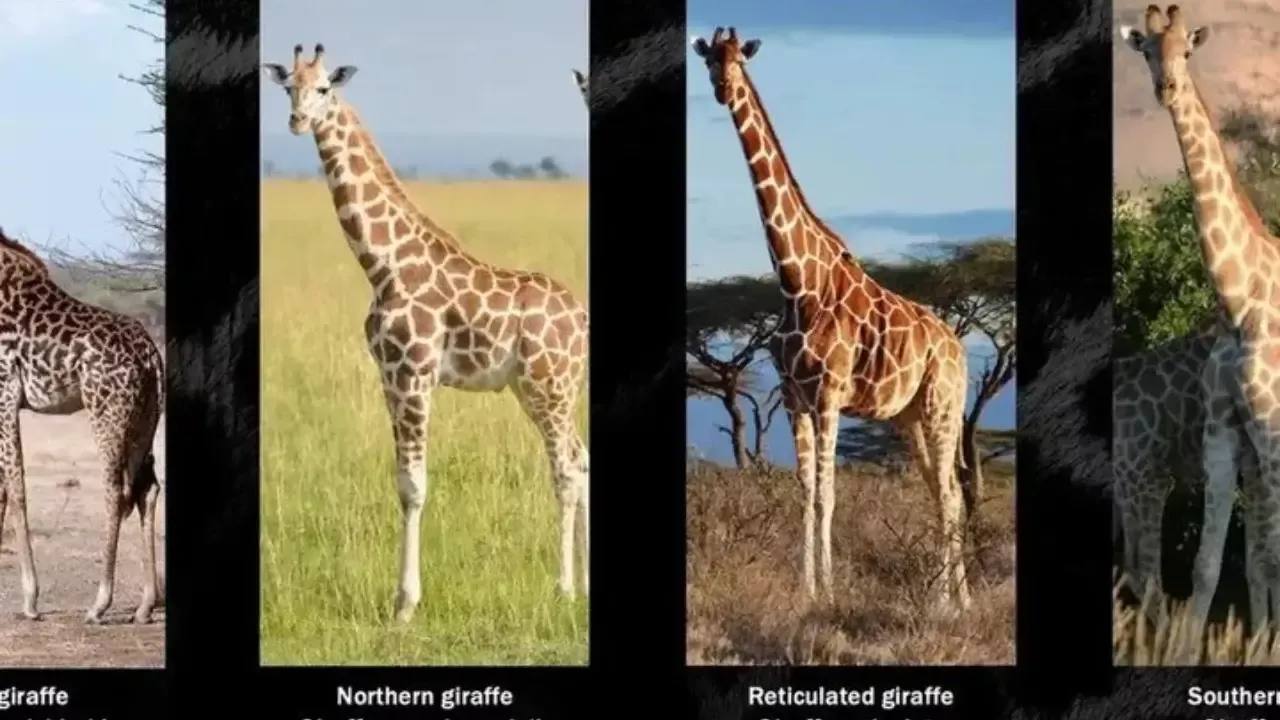
For many years, specialists in the field of biology considered giraffes to belong to one species and divided them into nine small groups. This was reported by Zamin.uz.
According to their opinion, there was not much difference between giraffes, and they adapted to different regions within the species. However, recent scientific studies, particularly genetic analyses and in-depth examination of skull structure, have changed these views.
Scientific research has shown that the differences among giraffes are so significant that they should be classified not as one species, but as four separate independent species. Over the last decade, samples collected from various regions of Africa, especially from the Niger deserts to the savannas of South Sudan, have been analyzed.
As a result of these studies, the scientific community has reached a new conclusion: giraffes are actually divided into four independent species. They are now classified as follows: the Masai giraffe, mainly found in Tanzania, Kenya, and Uganda; the Northern giraffe, which ranges from South Sudan to Ethiopia and is divided into three small subspecies; the Reticulated giraffe, living in the savannas of Kenya, Ethiopia, and Somalia; and the Southern giraffe, widely distributed in Namibia, South Africa, Botswana, and neighboring countries.
This new classification has enriched our knowledge about giraffes and will play an important role in their conservation.







